The importance of handmade heritage products
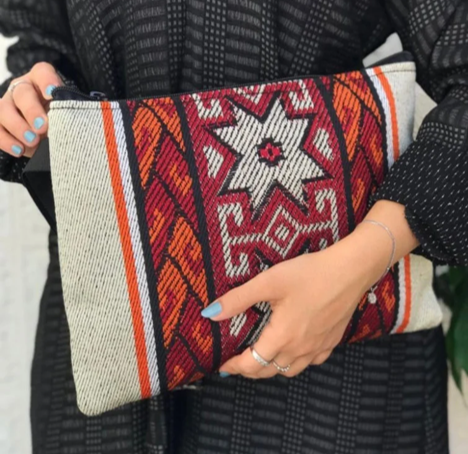
Product examples
• Scarves, shawls or traditional clothing
• Handbags
• Embroidered hair bands
• Al Sadu Textiles
• Wicker baskets and home decor
• Shell and wooden crafts
• picture frames
• Embroidered key chains, Sadu woven wallets,
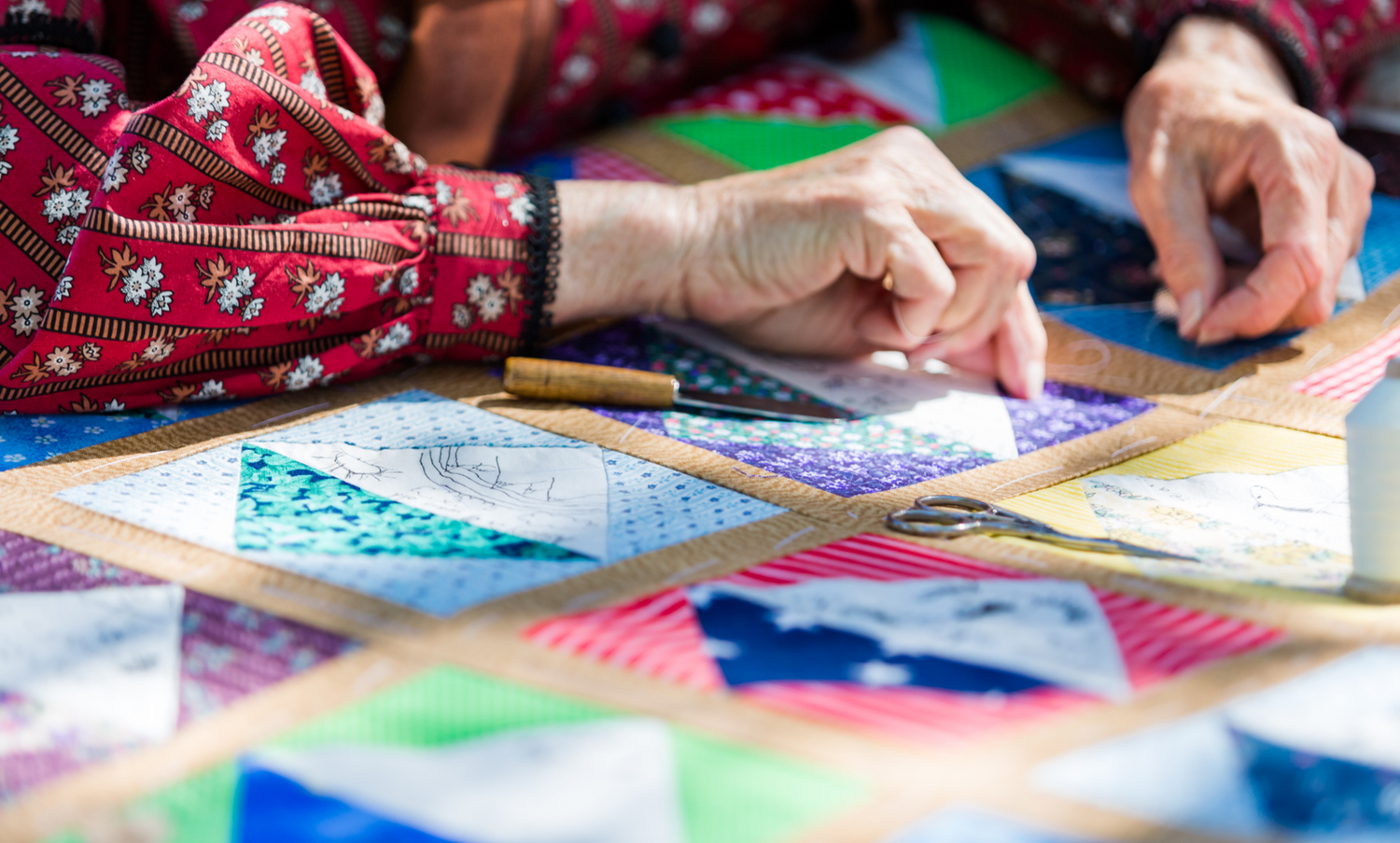
1. Preserving cultural heritage
These crafts are an integral part of the cultural heritage of the region. By continuing to produce and promote artisanal products, you are helping to preserve and protect these traditional skills, techniques and art forms, ensuring they are passed on to future generations.
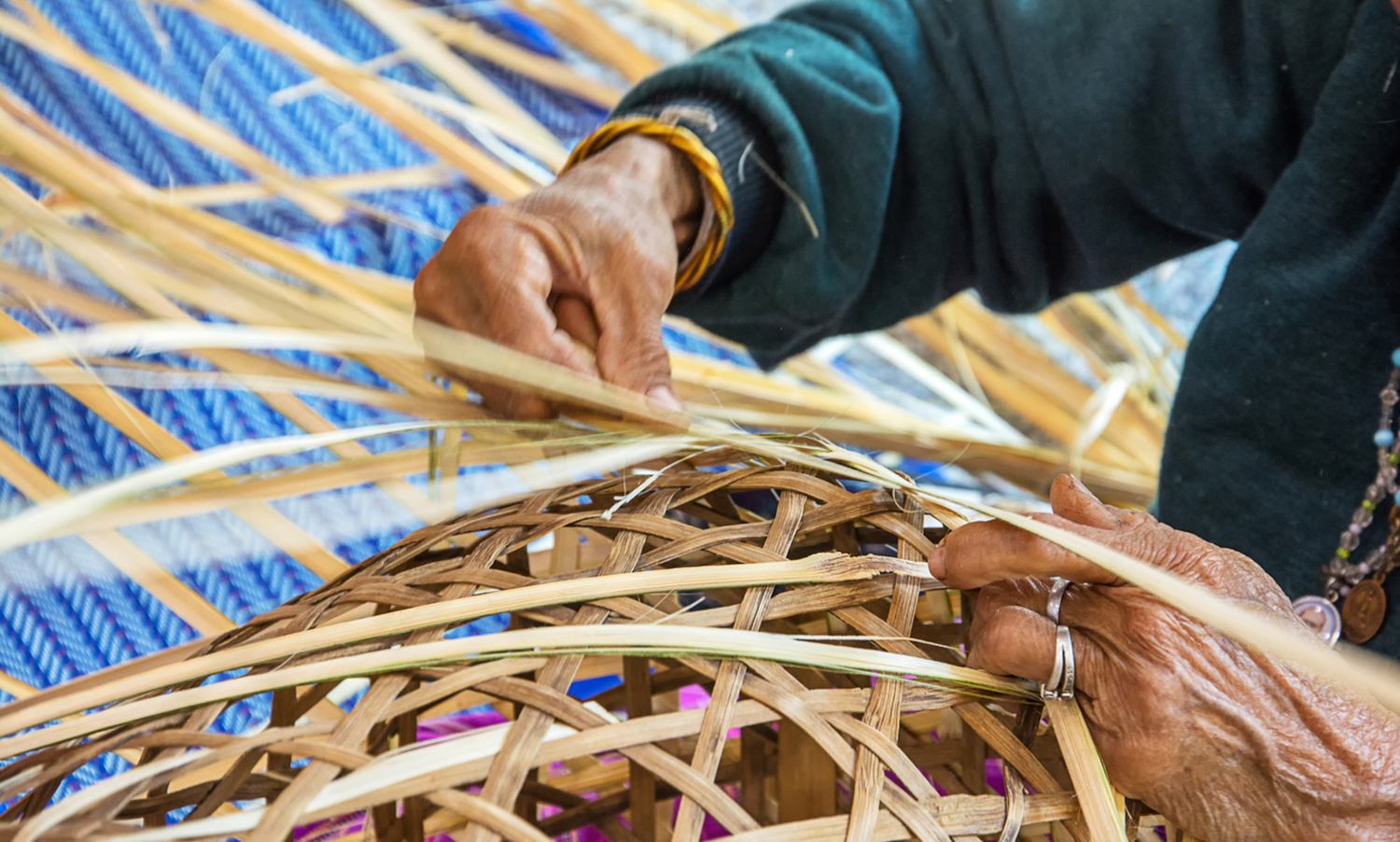
2. Identity and heritage
These products are a source of identity and pride for the local community. They represent the unique cultural identity and history of the region, making them essential for maintaining a sense of belonging and cultural continuity.
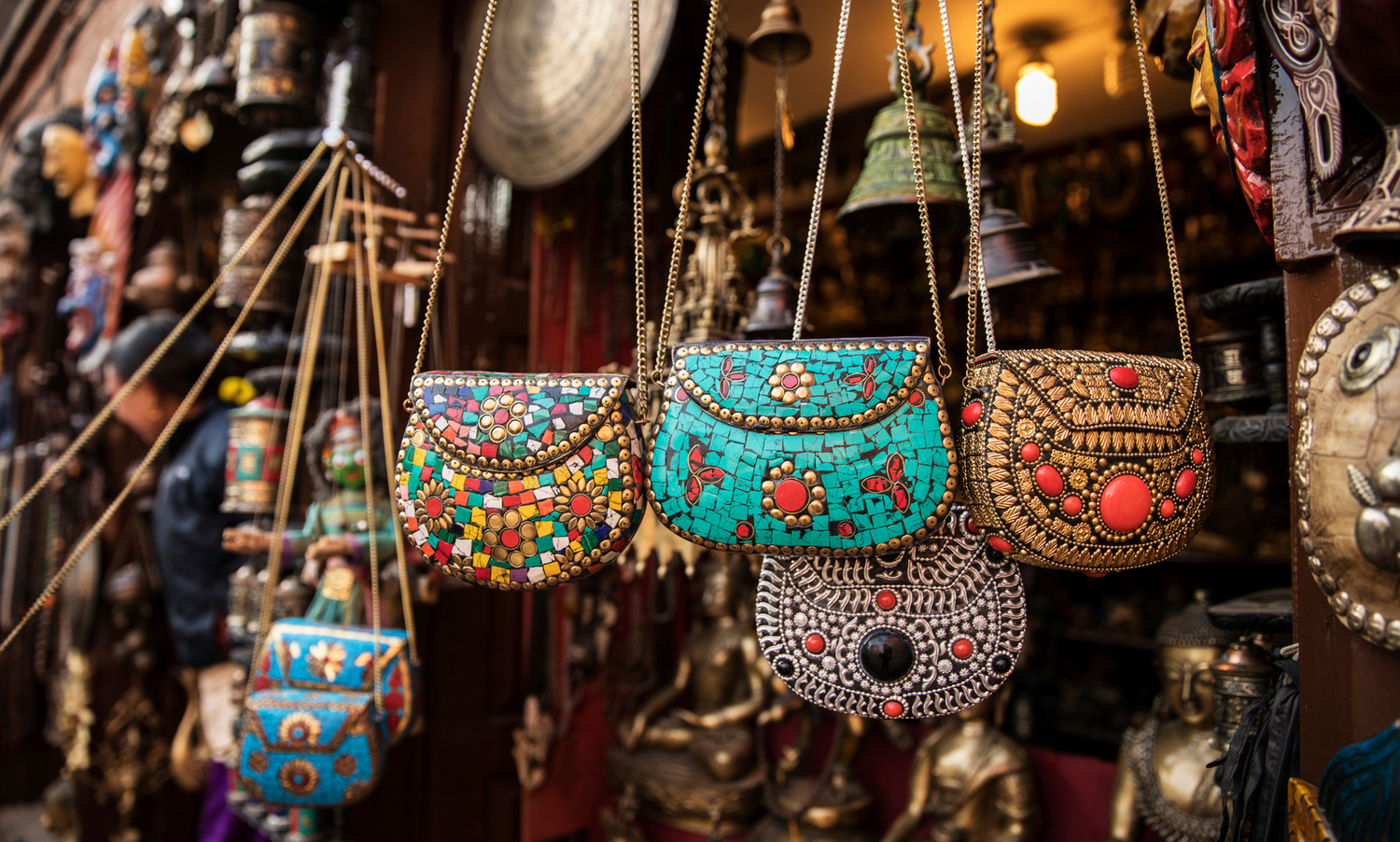
3. Economic impact
Heritage products contribute to the local economy by providing a sustainable income to artisans and supporting related industries such as material suppliers, retail and tourism.

4. Tourist attractions
Artisanal products have the ability to attract tourists looking for an authentic cultural experience. Visitors are often keen to purchase these items as souvenirs, creating additional economic opportunities and supporting the local tourism sector.
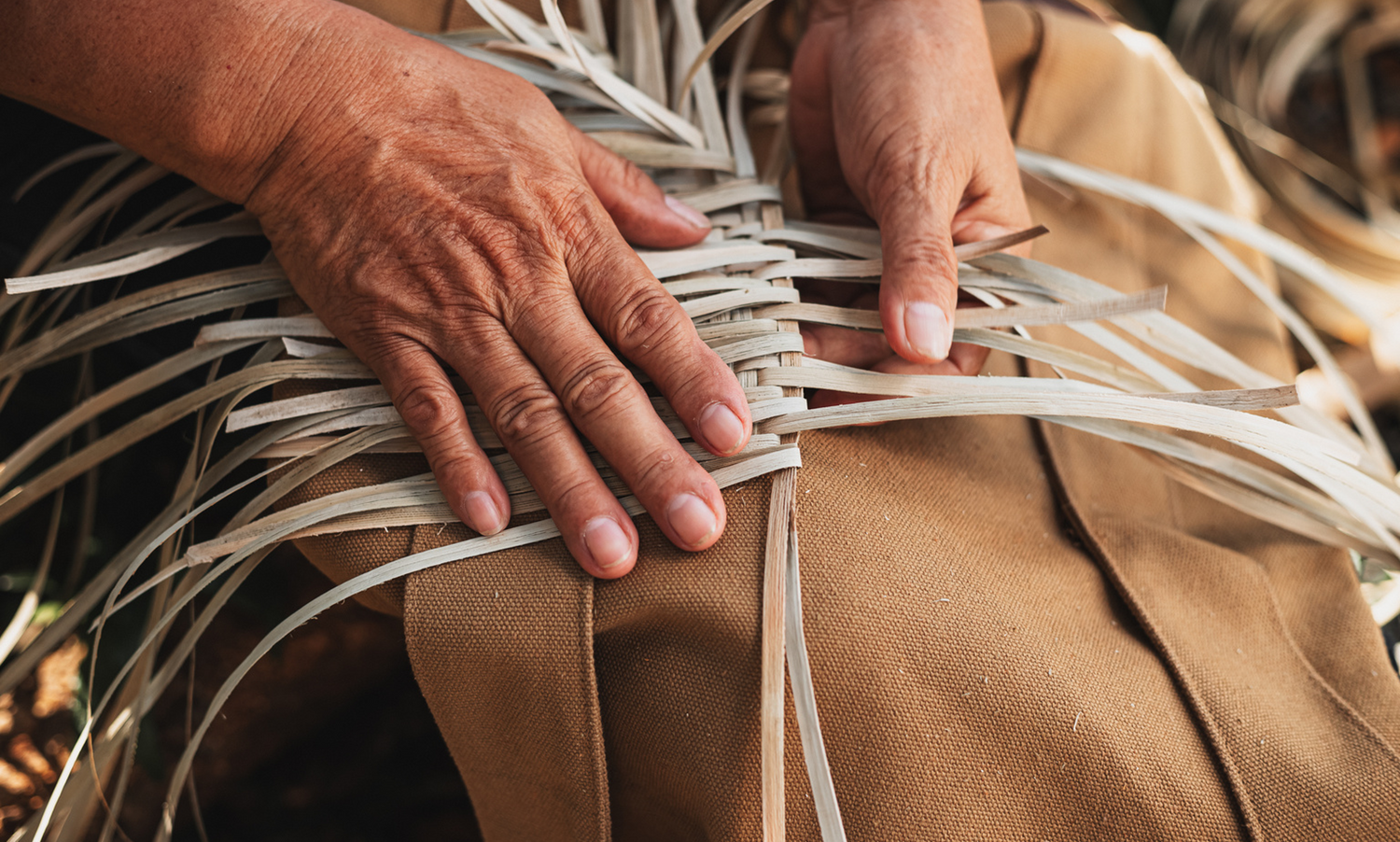
5. Sustainable practices
Sadu and Khus products often use locally sourced, natural materials, reducing the environmental footprint associated with mass production.
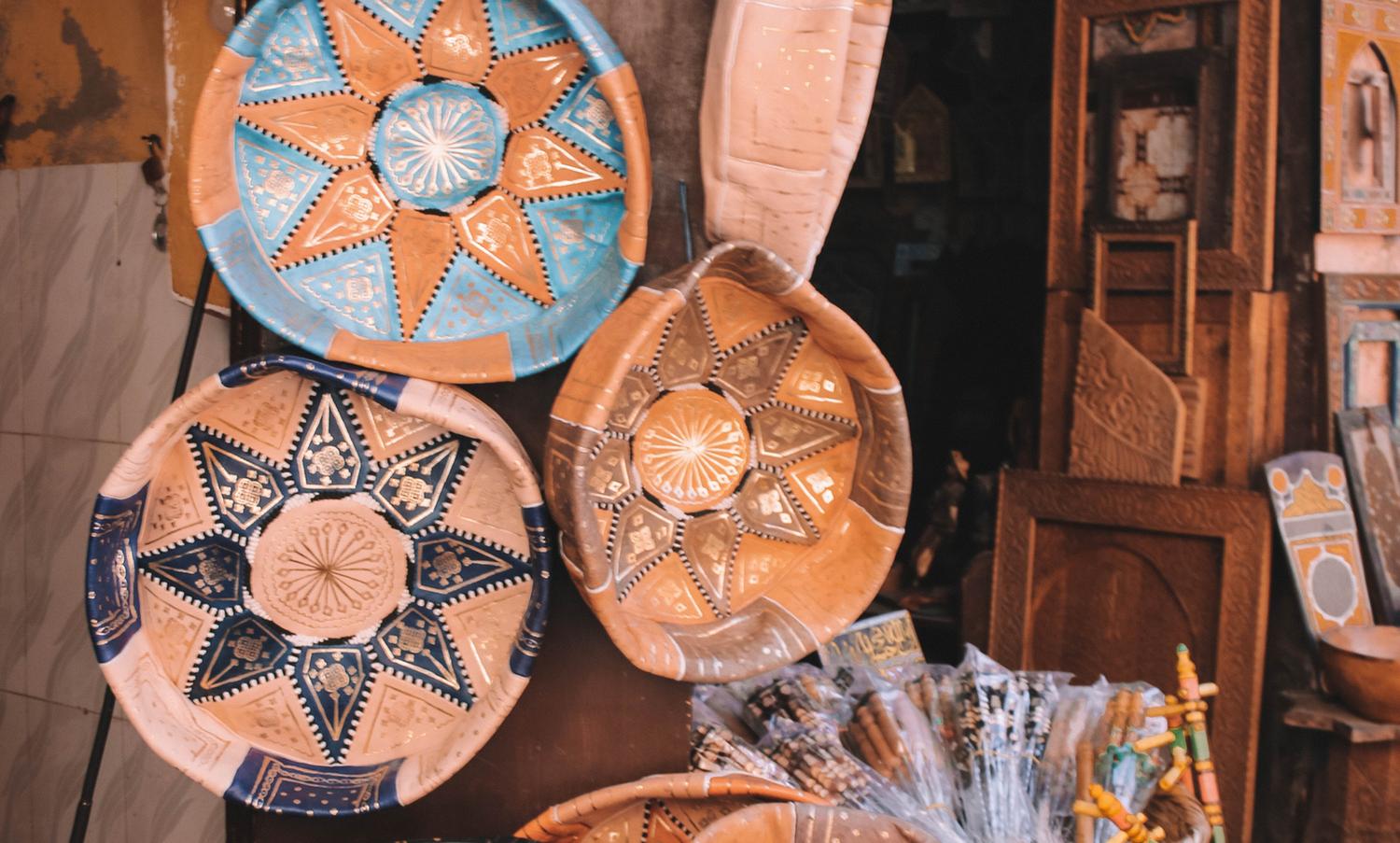
6. Telling stories and traditions
Each handcrafted piece carries a story and tradition into its design and craftsmanship. These stories are often linked to local customs, enhancing the overall cultural experience.
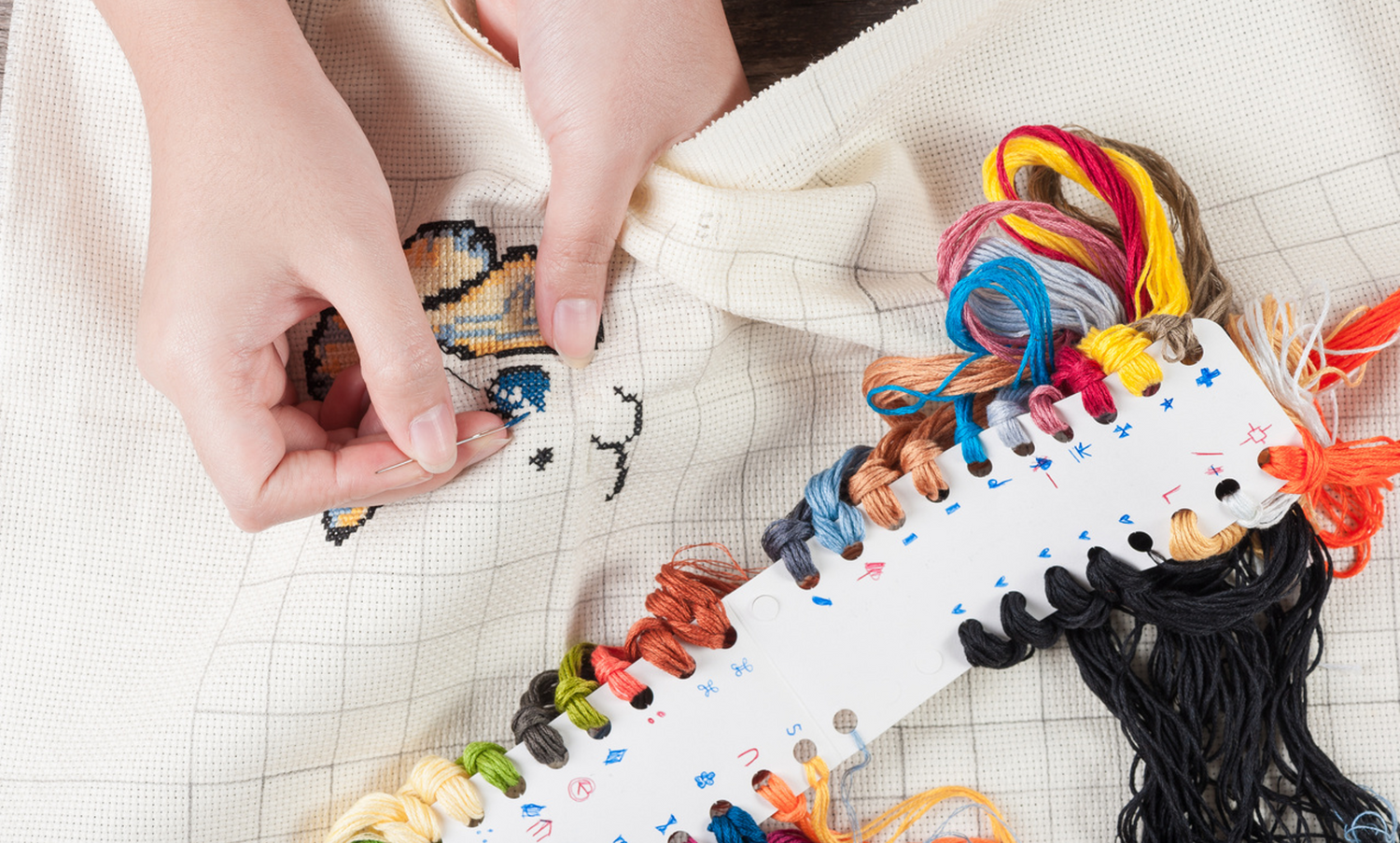
7. Unique art
Artisan items are unique because they feature intricate designs and artistic details that set them apart from machine-made items, making them highly valued by collectors and appreciators of craftsmanship.
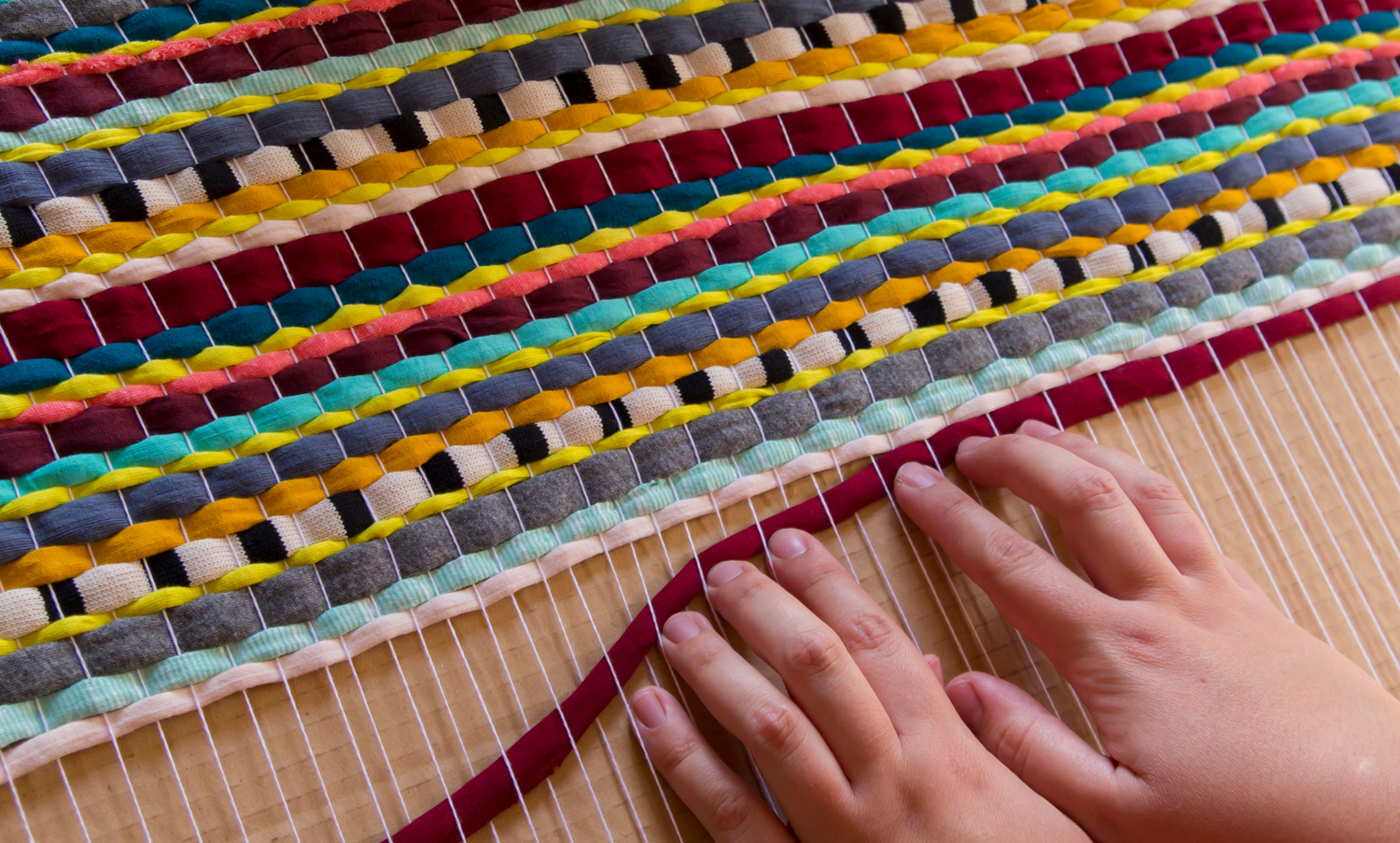
8. Quality and durability
Artisanal products often exhibit a higher level of quality and durability due to care and attention to detail. This can lead to customer satisfaction.

9. Empowerment and enhancing creativity
Empowering local communities, especially women, enabling artisans to adapt and develop their techniques, thus leading to new and unique products that blend tradition and modernity.
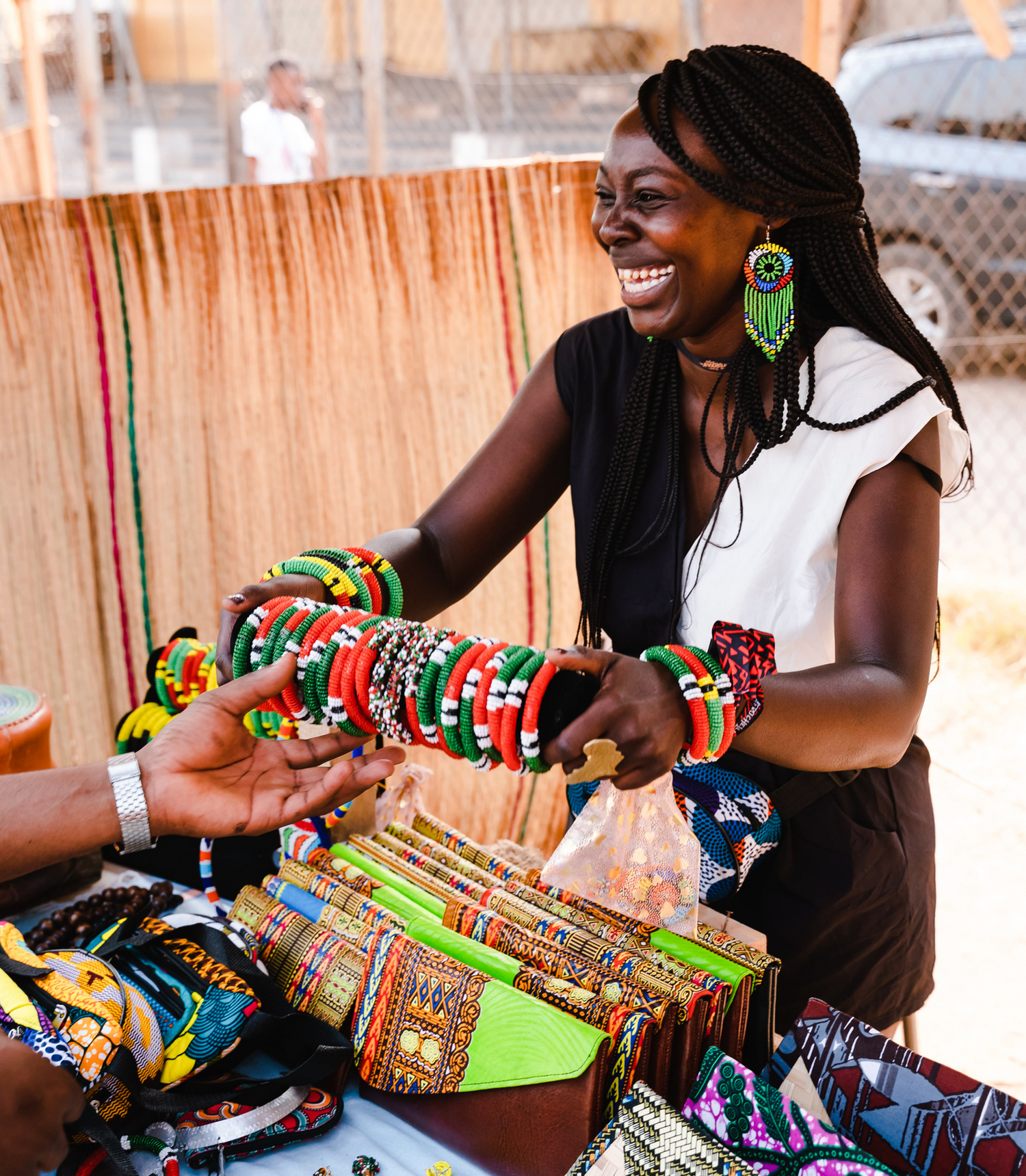
10. Promoting cultural exchange
Making and selling heritage products contributes to increasing appreciation and understanding of the culture and history of the region, both among local residents and visitors.
